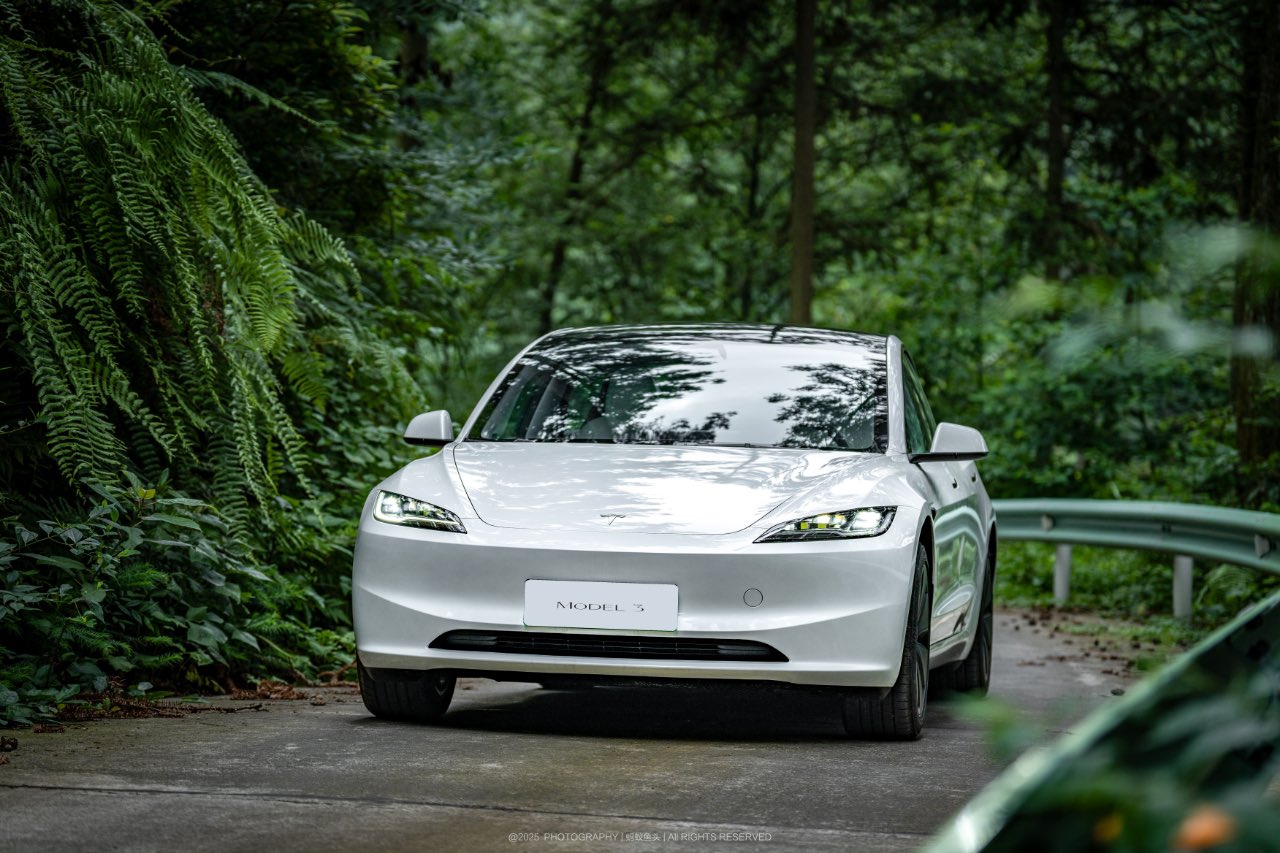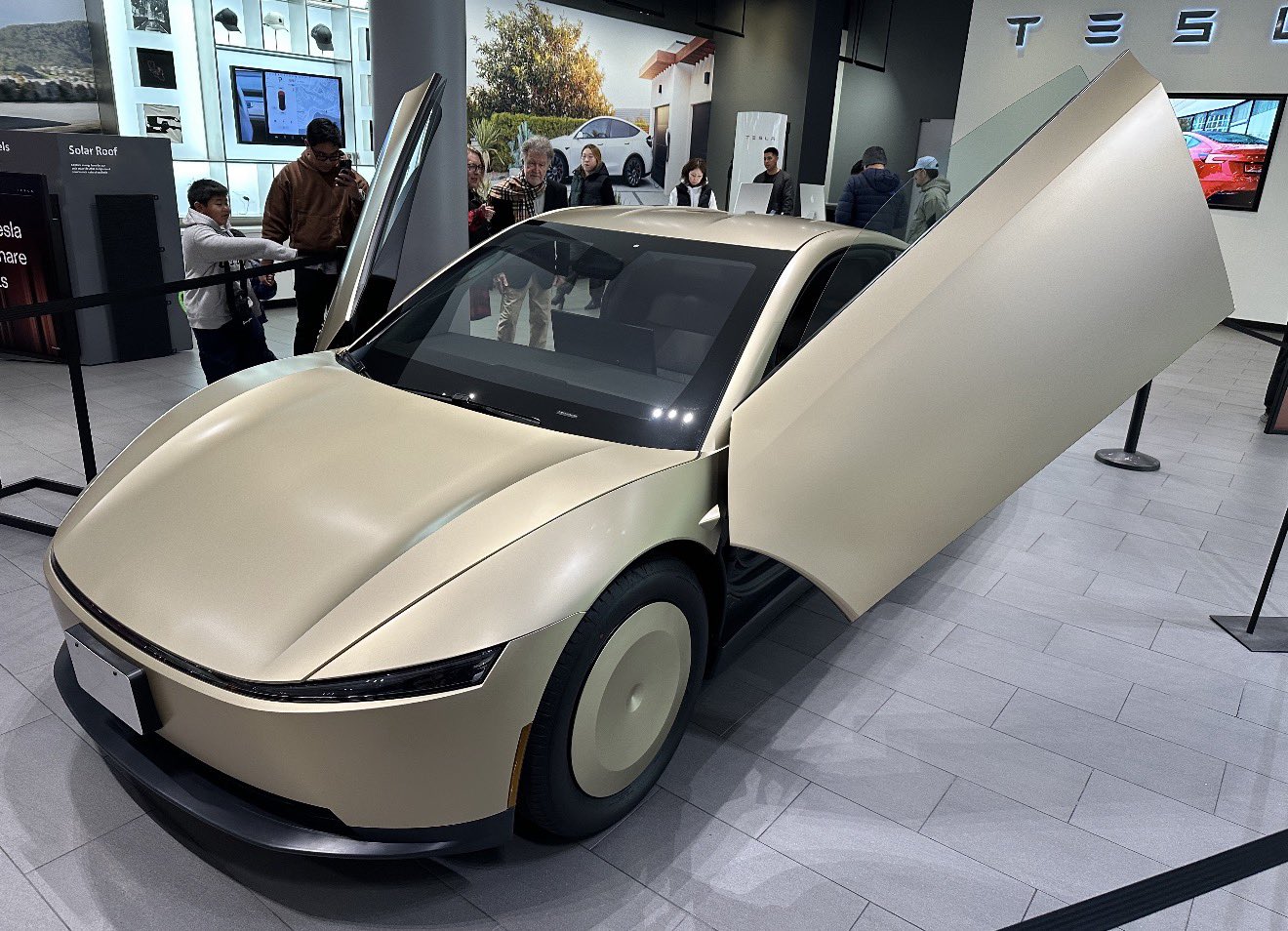U.S. Representative Kevin Kiley (R-CA) has sent a letter to FAA Administrator Michael Whitaker over his recent claims about SpaceX. During Tuesday’s Transportation Committee hearing, Whitaker advanced several alleged safety concerns about SpaceX’s operations, all of which were strongly denied by the private space company.
During his testimony, the FAA Administrator alleged that SpaceX must operate at the highest level of safety, which includes having a safety management system program and a whistleblower program. He also alleged that SpaceX had launched without a permit last year in Cape Canaveral, FL and that the delay in Starship’s Flight 5 launch was due to SpaceX failing to provide an updated sonic boom analysis, among other safety concerns.
FAA Administrator Whitaker made several incorrect statements today regarding SpaceX. In fact, every statement he made was incorrect.
It is deeply concerning that the Administrator does not appear to have accurate information immediately available to him with respect to SpaceX… pic.twitter.com/OrtMUvnCNI— SpaceX (@SpaceX) September 24, 2024
SpaceX strongly denied each of Whitaker’s claims. In a letter, Mat Dunn, senior director of global government affairs at SpaceX, stated that “every statement (the FAA Administrator) made was incorrect.” Dunn also argued that SpaceX is currently the “safest, most reliable launch provider in the world, and is absolutely committed to safety in all operations.”
Kiley’s recent letter to Whitaker carried some of the points from SpaceX’s rebuttal of the FAA Administrator’s claims. As per the Representative, Whitaker must provide answers to a number of questions surrounding his claims during the Transportation Committee hearing.
FAA Administrator Whitaker made a number of false statements in his testimony about @SpaceX. Either he doesn’t know what’s going on at his agency or he deliberately deceived Congress.
I’ve asked him which it is. Either possibility calls into doubt his fitness to lead the FAA. pic.twitter.com/lW2KcOnItT— Rep. Kevin Kiley (@RepKiley) September 25, 2024
Following is U.S. Representative Kevin Kiley’s letter to FAA Administrator Michael Whitaker.
September 25, 2024
Michael Whitaker
800 Independence Avenue, SW
Administrator
Federal Aviation Administration
Washington, DC 20591
Dear Administrator Whitaker,
On September 24, 2024, you testified at a hearing of the Aviation Subcommittee of the House Transportation and Infrastructure Committee. I asked you several questions during that hearing regarding the FAA’s decisions with respect to SpaceX launches. Your answers appear to be filled with inaccurate statements. Such falsehoods raise serious concerns about your fitness to lead the FAA. Please provide my office with responses in writing to the following questions –
- You claimed that SpaceX launched recent Falcon missions without a permit. SpaceX has said these claims are completely false, and that the FAA has not alleged previously that the company was not permitted or licensed to launch these missions. Can you share the evidence for your claim that SpaceX launched these missions without a permit?
- You claimed that SpaceX moved a fuel farm closer to the population without completing a risk analysis statement. SpaceX says that the new location was twice the distance from the nearest publicly accessible area, that the company provided the FAA with all the required analysis, and that the FAA ultimately approved the revised location. Please supply all correspondence between the FAA and SpaceX relative to the fuel farm.
- You claimed that SpaceX failed to provide an updated sonic boom analysis. SpaceX refutes this and says that the Fish and Wildlife Service had already reviewed Starship’s sonic booms and determined they had no environmental impact. While SpaceX has acknowledged it recently provided the FAA data showing a slightly larger sonic boom area than originally anticipated, the company maintains this results in no new environmental impact.
- What evidence does the FAA have of a new environmental impact?
- How long will it take the FAA to make this minor paperwork update?
- What evidence does the FAA have for your assertion that this is a safety related incident”?
- You claimed that SpaceX was in violation of Texas state law. What Texas laws did SpaceX violate?
- Does the FAA need to be reformed to keep up with innovation in the commercial space industry?
From the dawn of the space age, America has set the standard in exploration. Our nation’s spirit of innovation has propelled us to the moon and pushed the boundaries of what’s possible. If we want to keep that legacy alive, we must work with innovators, rather than slow them down. We cannot hinder private industry that is pushing the limits, with regulatory red tape and constant delays. The longer we stall, the more ground we lose. We must continue to empower our private space companies to innovate, build, and lead. This is the only way that we can ensure our national security, while also guaranteeing that America defines the next generation of space exploration. I look forward to your response.
Sincerely,
Kevin Kiley
Member of Congress
Don’t hesitate to contact us with news tips. Just send a message to simon@teslarati.com to give us a heads up.

News
Another Tesla Model 3 variant sold out for January 2026 in China
A look at Tesla China’s order page shows that new Model 3 LR RWD orders now have an estimated delivery date of February 2026.

Another Tesla Model 3 variant in China appears to have sold out for January 2026, with the vehicle now showing an estimated delivery date of February 2026 for new orders. This bodes well for the all-electric sedan, which has maintained notable sales despite more affordable rivals like the Xiaomi SU7 and its crossover sibling, the Model Y.
Model 3 LR RWD joins February 2026 queue
A look at Tesla China’s order page for the all-electric sedan shows that new Model 3 Long Range Rear Wheel Drive orders now have an estimated delivery date of February 2026. Priced from RMB 259,500 ($36,810), the LR RWD sits as the second-lowest-priced trim in Tesla China’s four-variant Model 3 lineup. The move follows a similar delivery timeframe for the Model 3 Performance, which remains the most expensive option for the vehicle, as noted in a CNEV Post report.
The estimated delivery dates of the two remaining Model 3 variants remain unchanged for now. The base RWD version, starting at RMB 235,500, and the LR AWD variant, priced from RMB 285,500, both continue to list estimated delivery times of 4-6 weeks. Tesla China, for its part, has continued to list in-stock Model 3 vehicles and is actively encouraging buyers to select inventory units for delivery before the end of the year.
Model Y delays and policy shifts
Delivery timelines for the Model Y in China are also stretching into 2026. All customized Model Y variants now show February 2026 as their estimated delivery date, except for the entry-level version, which still lists January 2026. Tesla has been urging customers since November to prioritize purchasing inventory vehicles, a push aimed at maximizing year-end deliveries.
Timing matters for Chinese buyers due to upcoming changes in government incentives. China’s new energy vehicle purchase tax exemption will be scaled back in 2026, which means customers who take delivery next year could face higher tax costs compared to those who are able to receive vehicles before the end of the year.
As per data from the China Passenger Car Association, Tesla recorded retail sales of 73,145 vehicles in November, down 0.47% year over year. From January through November, Tesla’s retail sales in China totaled 531,855 units, a 7.37% year-over-year drop.
News
Wedbush’s Dan Ives sees ‘monster year’ ahead for Tesla amid AI push
In a post on X, the analyst stated that the electric vehicle maker could hit a $3 trillion market cap by the end of 2026 in a bullish scenario.

Wedbush analyst Dan Ives is doubling down on Tesla’s (NASDAQ:TSLA) long-term upside. In a post on X, the analyst stated that the electric vehicle maker could hit a $3 trillion market cap by the end of 2026 in a bullish scenario, thanks to the company’s efforts to develop and push its artificial intelligence programs.
An aggressive valuation upside
Ives, Wedbush’s global head of tech research, stated in his post that Tesla is entering a pivotal period as its autonomy and robotics ambitions move closer to commercialization. He expects Tesla’s market cap to reach $2 trillion in 2026, representing roughly 33% upside from current levels, with a bull case up to a $3 trillion market cap by year-end.
Overall, Ives noted that 2026 could become a “monster year” for TSLA. “Heading into 2026, this marks a monster year ahead for Tesla/Musk as the autonomous and robotics chapter begins. We believe Tesla hits a $2 trillion market cap in 2026 and in a bull case scenario $3 trillion by end of 2026… as the AI chapter takes hold at TSLA,” the analyst wrote.
Ives also reiterated his “Outperform” rating on TSLA stock, as well as his $600 per share price target.
Unsupervised Full-Self Driving tests
Fueling optimism is Tesla’s recent autonomous vehicle testing in Austin, Texas. Over the weekend, at least two Tesla Model Ys were spotted driving on public roads without a safety monitor or any other occupants. CEO Elon Musk later confirmed the footage of one of the vehicles on X, writing in a post that “testing is underway with no occupant in the car.”
It remains unclear whether the vehicle was supported by chase cars or remote monitoring, and Tesla has not disclosed how many vehicles are involved. That being said, Elon Musk stated a week ago that Tesla would be removing its Safety Monitors from its vehicles “within the next three weeks.” Based on the driverless vehicles’ sightings so far, it appears that Musk’s estimate may be right on the mark, at least for now.
News
Production-ready Tesla Cybercab hits showroom floor in San Jose
Tesla has implemented subtle but significant updates to both the Cybercab’s exterior and interior elements.

Tesla has showcased what appears to be a near-production-ready Cybercab at its Santana Row showroom in San Jose, California, giving visitors the closest look yet at the autonomous two-seater’s refined design.
Based on photos of the near-production-ready vehicle, the electric vehicle maker has implemented subtle but significant updates to both the Cybercab’s exterior and interior elements, making the vehicle look more polished and seemingly more comfortable than its prototypes from last year.
Exterior and interior refinements
The updated Cybercab, whose photos were initially shared by Tesla advocate Nic Cruz Patane, now features a new frameless window design, an extended bottom splitter on the front bumper, and a slightly updated rear hatch. It also includes a production-spec front lightbar with integrated headlights, new wheel covers, and a license plate bracket.
Notably, the vehicle now has two windshield wipers instead of the prototype’s single unit, along with powered door struts, seemingly for smoother opening of its butterfly doors. Inside, the Cybercab now sports what appears to be a redesigned dash and door panels, updated carpet material, and slightly refined seat cushions with new center cupholders. Its legroom seems to have gotten slightly larger as well.
Cybercab sightings
Sightings of the updated Cybercab have been abundant in recent months. At the end of October, the Tesla AI team teased some of the autonomous two-seater’s updates after it showed a photo of the vehicle being driven through an In-N-Out drive-through by employees in Halloween costumes. The photos of the Cybercab were fun, but they were significant, with longtime Tesla watchers noting that the company has a tradition of driving its prototypes through the fast food chain’s drive-throughs.
Even at the time, Tesla enthusiasts noticed that the Cybercab had received some design changes, such as segmented DRLs and headlamps, actual turn signals, and a splitter that’s a lot sharper. Larger door openings, which now seem to have been teasing the vehicle’s updated cabin, were also observed at the time.










